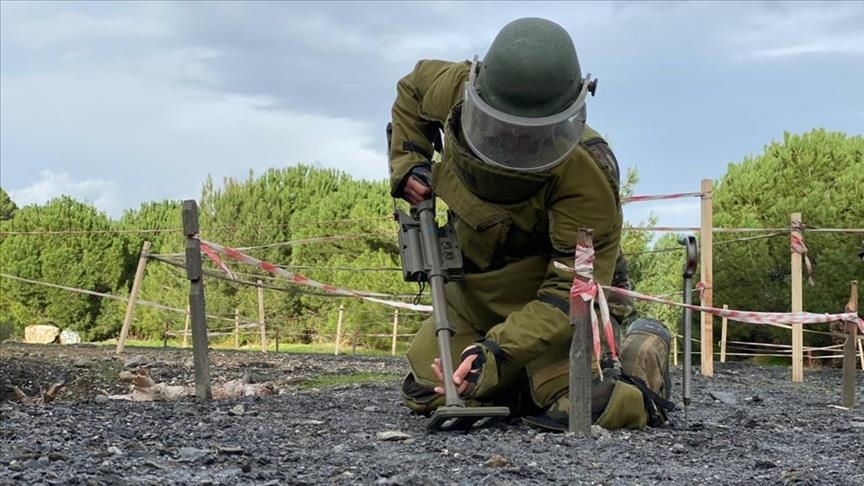Mine action encompasses a range of activities designed to mitigate the dangers posed by landmines and explosive remnants of war (ERW). These efforts include mine clearance, risk education, victim assistance, stockpile destruction, and advocacy for the prohibition of landmine use EOD. Mine action is critical for safeguarding human lives, promoting economic development, and ensuring long-term stability in post-conflict regions.
The Importance of Mine Action
Landmines and ERWs remain a persistent danger in many war-affected areas, endangering civilians and impeding recovery. Each year, thousands of people, particularly children and farmers, suffer injuries or fatalities due to these hidden hazards. Beyond their immediate risks, landmines obstruct infrastructure development, limit agricultural productivity, and delay the return of displaced populations.
Core Components of Mine Action
- Mine Clearance: This involves locating and removing landmines and unexploded ordnance using specialized personnel, machinery, and mine-detection animals. Modern technological advancements such as drones and artificial intelligence are also improving demining operations.
- Risk Education: Educating at-risk communities on the dangers of landmines through awareness programs, public campaigns, and school-based initiatives. These efforts significantly reduce accidental injuries and fatalities.
- Victim Assistance: Providing medical care, rehabilitation services, and psychological support to landmine survivors. Support includes prosthetic limbs, vocational training, and social reintegration programs to help survivors lead independent lives.
- Stockpile Destruction: Many nations possess large stockpiles of landmines, which pose a significant security risk. Their safe disposal reduces the potential for future use and contributes to global disarmament initiatives.
- Advocacy and Policy Development: Promoting compliance with international agreements such as the Ottawa Treaty (Mine Ban Treaty) and the Convention on Cluster Munitions to eliminate landmines. Advocacy campaigns also work towards increasing financial and logistical support for demining efforts worldwide.
The Role of International Organizations
Numerous global entities are at the forefront of mine action, including the United Nations Mine Action Service (UNMAS), The HALO Trust, Mines Advisory Group (MAG), and Norwegian People’s Aid (NPA). These organizations collaborate with national governments and local communities to implement large-scale mine clearance and awareness initiatives.
Challenges in Mine Action
Despite substantial progress, several obstacles persist:
- Insufficient Funding: Mine clearance and victim assistance programs require significant financial resources, and budgetary constraints often delay crucial interventions.
- Challenging Terrain and Weather Conditions: Remote or hazardous locations complicate demining efforts, making access difficult.
- Continued Armed Conflicts: In some regions, ongoing violence prevents demining teams from operating safely and effectively.
Conclusion
Mine action plays a crucial role in fostering peace, security, and socio-economic development. While significant achievements have been made in mitigating the global landmine crisis, sustained international support and funding are necessary to create a world free of landmines. Through collective commitment, we can ensure safer communities and a more stable future for all.





